Panathenaic stadium
If you’re visiting the Panathenaic Stadium, the National Gardens are right accross the street, perfect if you need a cool break. Otherwise head for the Athens Cemetery to admire the sculptures of Yiannoulis Halepas.
Originally built in the 4th century BCE, the Panathenaic stadium was rebuilt in marble by Lycurgus in 329 BCE, to host the athletic event of Panathinaea. During this annual athletic event, the stadium hosted racing, boxing, jumping, javelin-throwing, chariot and horse races. The venue was expanded by Herodes Atticus in 144 CE to accommodate 50,000 people, while in Roman times it was used as an arena. Also known as Kallimarmaron (beautiful marble), it was rebuilt once again with funds provided by Athenian benefactor George Averoff to host the first modern Olympic Games of 1896. During these Games, about 280 male athletes from 12 countries participated in 43 events covering athletics (track and field), cycling, swimming, gymnastics, weightlifting, wrestling, fencing, shooting, and tennis. Its unique hairpin-like shape adds to its uniqueness, setting it apart from modern stadia. Up until the ‘50s, Ilissos River streamed at the front, while the remnants of the Temple of Olympian Zeus and Hadrian's Gate are a five minute walk from the venue. In the Athens 2004 Olympics, the stadium hosted the archery competition and the marathon finish line. Today it is a tourist attraction, used only for special events, but joggers will be thrilled to know that they can use the venue in the morning from 07:30-09:00.
- Vasileos Konstantinou, Mets, Tel: +30 210 3251744 / Ticket: €3 covers use of an audioguide / Hours: 08:00-19:00 / www.panathenaicstadium.gr / Tram: Zappeio, Metro: Syntagma
National Art Gallery
The gallery’s permanent collection houses more than 15,000 works of painting, sculpture dating from the post-Byzantine period (second half of 15th century) until today, while temporary exhibitions are often held.
There are some real artistic treasures hidden in the city’s museums and the National Gallery is no exception. When you visit its premises, start from the courtyard, where you’ll bump into August Rodin’s “Man marching on a column”. This is a unique work of Rodin and a recent acquisition of the Gallery. Headless and handless, with the sculptural interest shifting to its stride and the pure idea of movement, it drastically influenced the work of later artists like Marcel Duchamp and the Italian futurists. Another important sculpture in the courtyard is Antoine Bourdelles’ “Dying Centaur”, made in 1914. It’s an emotional work of high aesthetic virtues, elegiac air, transmitting an intense feeling of eternity and deep melancholy. Its creator said “He’s dying because they don’t believe in him anymore.” Inside the halls don’t miss El Greco’s (Domenicos Theotokopoulos) “Burial of Christ”. Strong and free drawing, rich colour and deep emotion characterise one of the most important works of the artist’s Venetian period. Drawn on wood, it signifies its Byzantine influences and shows the first gains of Theotokopoulos in western art.
Another masterpiece in the Gallery is the “Children’s Concert” by George Iakovidis, painted in 1900. Much talked about and always enjoyable Iakovidis’ painting focuses on the room of a German household, where a lively group of children puts together a makeshift band to entertain the young girl stretching out her hands. It’s a well-balanced composition with colourful patches of light, wide nervous brush strokes and “vibrant” light pervading the room like music. In the same period, the “Engagement of Children” by Nikolaos Gyzis (1877) gives off a nobility of ideas and feelings of sweetness. A top artist of the “Munich school”, Iakovidis manages to make an amazing use of light, of bright reds and whites, sensual blues and an admirable rendering of the objects and the human forms. Its topic is takes from oral legends of the Ottoman period. In a totally different style, “Kalamata’s Port” by Constantinos Parthenis (1911) belongs to the second creative phase of the modernist artist – he made it in Paris. The contact of the “aristocrat” cosmopolitan artist with the Parisian avant-garde influenced him greatly. “Kalamata’s Port” focuses on the Greek light, while resonating the post-impressionists and the Fauves. Last but not least, Mihalis’ Economou’s “Red Tent” (1927-1928) shows the artists’ interest in landscapes. The “Red Tent”, a fluid and light landscape that appears to be moving according to the wind, shows a lonely figure and has all the signs of the artist’s style, which used unusual materials. From March 2013, the museum remains closed due to long-overdue expansion works on the existing building which will more than double its size and vastly increase its capacity in the exhibition and restoration areas. The expected finishing date has not been announced.
- 50 Vasileos Konstantinou, Tel: +30 210 7235937 / Hrs: Mon & Wed 09:00-15:00 & 18:00-21:00, Thu-Sat 09:00-15:00, Sun 10:00-14:00 / www.nationalgallery.gr / Entrance: €6.5 / Metro: Evangelismos.


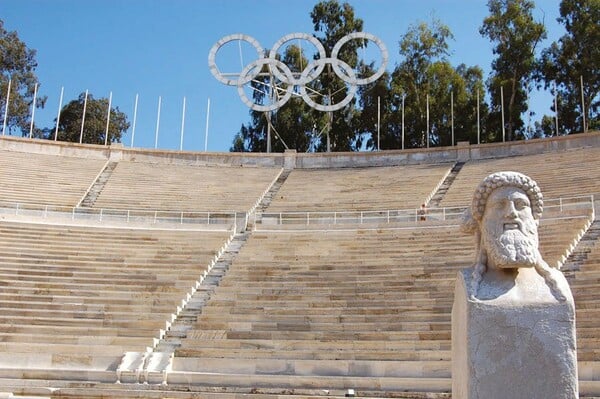

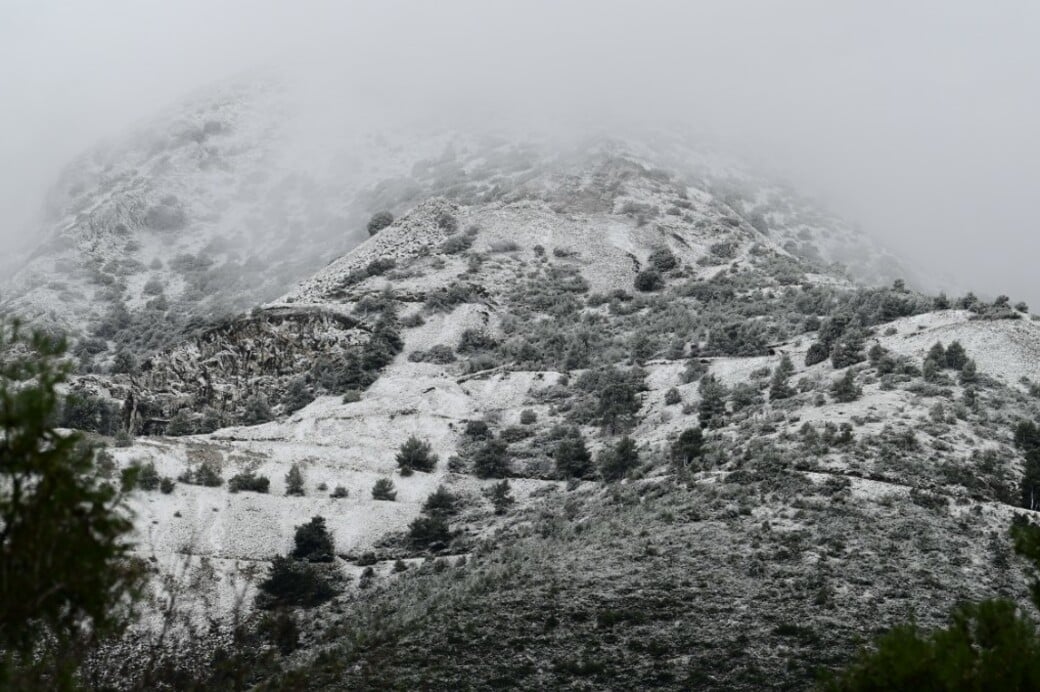
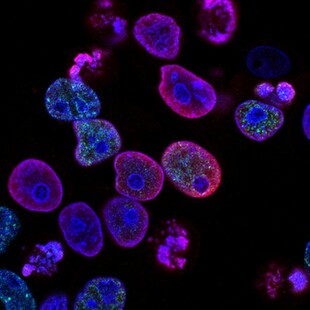
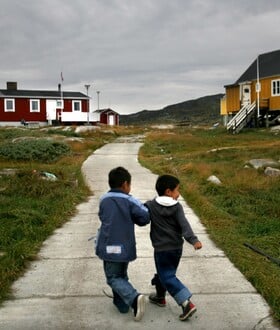


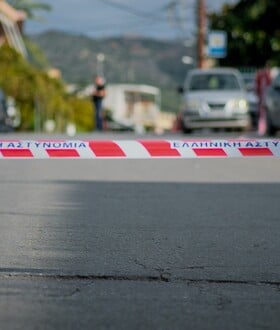
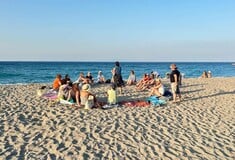
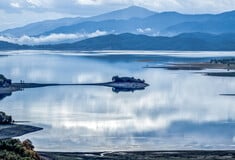
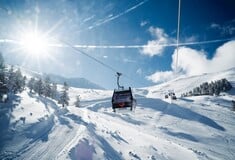

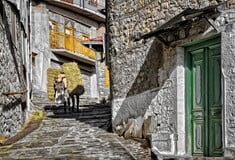
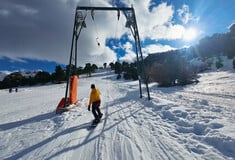
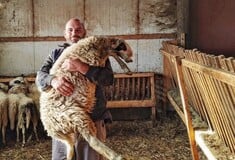
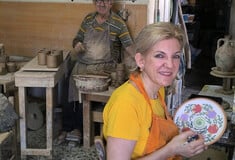
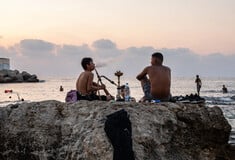
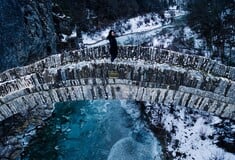
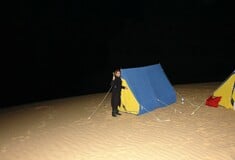
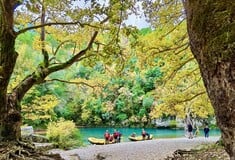


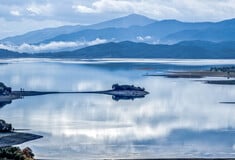
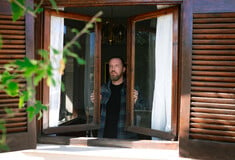
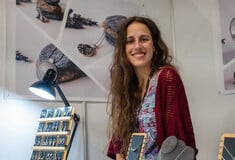
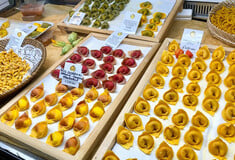
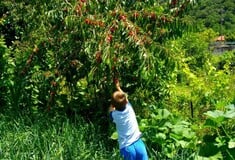

σχόλια